Get Inspired
Build the life you love. Learn more about fusioneering:
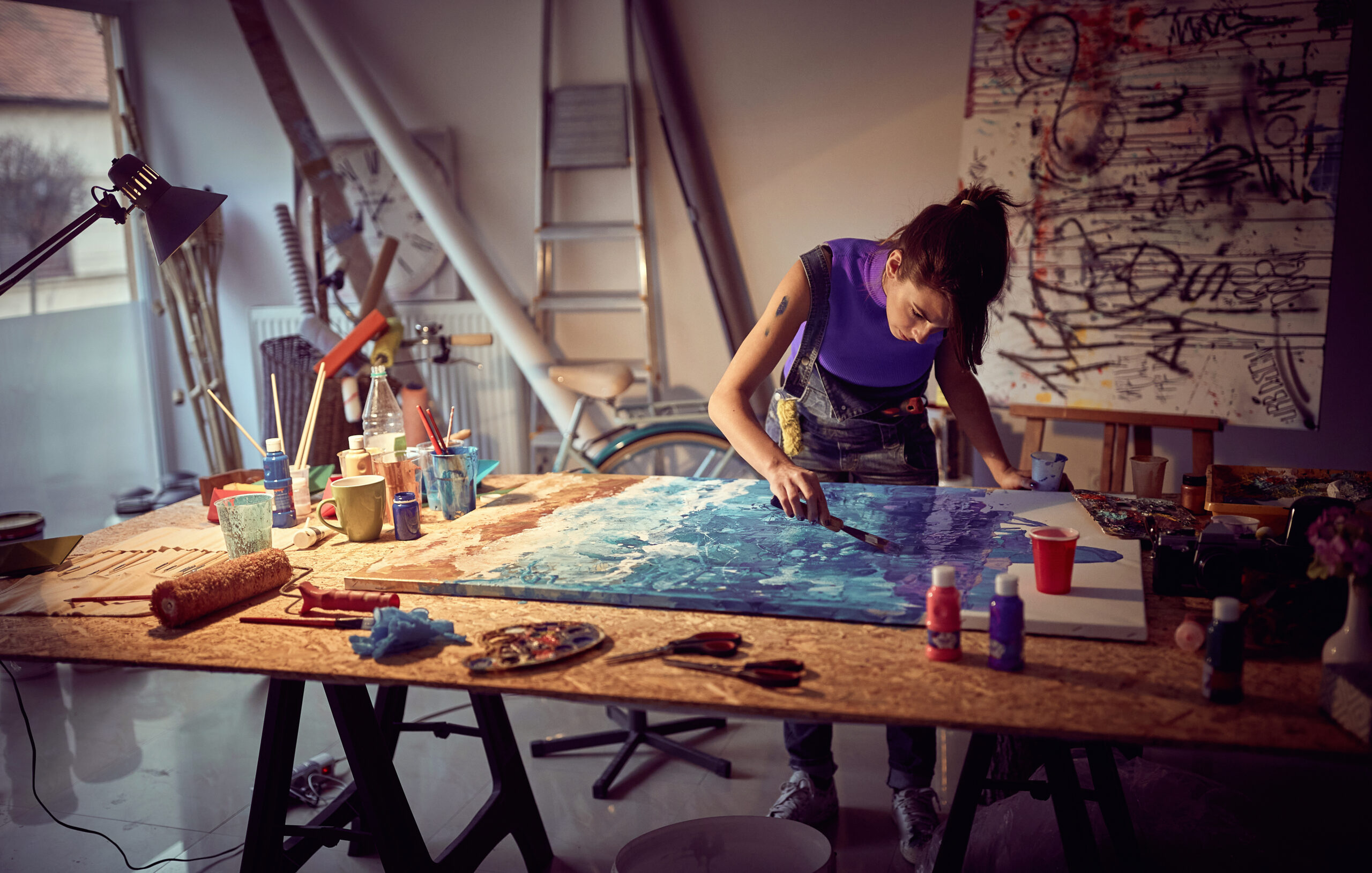
Posted on September 22, 2023 in Painting for Beginners
For artists, the choice of paint type is a big deal — a decision that shapes the foundation upon which creative visions are brought to life. Oil, acrylic, and watercolor paints stand as pillars of artistic possibility, each with their own distinct advantages and limitations. Whether you’re a seasoned creator or just beginning your artistic journey, this guide delves into the pros and cons of these types of paints, offering insights to inform your artistic decisions and empower your creativity.
Read More: A Guide to Paintbrush Types for Beginner Artists
This is the medium Paul Kirby honed his painting skills in before the completion of Dulcinea the painting robot. Oil paint is a timeless and revered medium in the art world, a favorite among the greatest painters of all time — as well as that of any artist seeking depth and richness in their work.
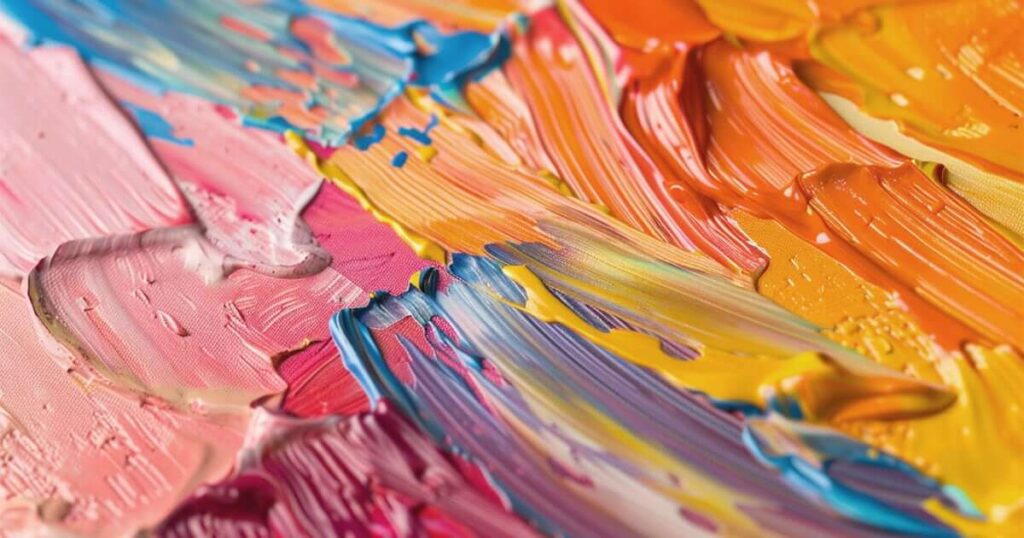
Oil paint is renowned for its rich and luminous quality and its slow drying process. Oil paints allow artists to easily mix colors, and while still wet allow blending and transitions. The versatility of oil paint extends to various techniques, from glazing to impasto, making it suitable for both traditional and contemporary styles. The depth and texture oil paint offers can add a tactile dimension to artworks, enhancing their overall appeal.
The extended drying time of oil paint can be both a blessing and a curse. While longer drying periods permits ample time for adjustments and layering, they also demand patience from artists. When applying oil paint, thick layers of paint should be applied over thin layers, otherwise aging may cause the top paint layer to develop cracks (such as those you’ve likely observed in the works of classical artists like Leonardo da Vinci).
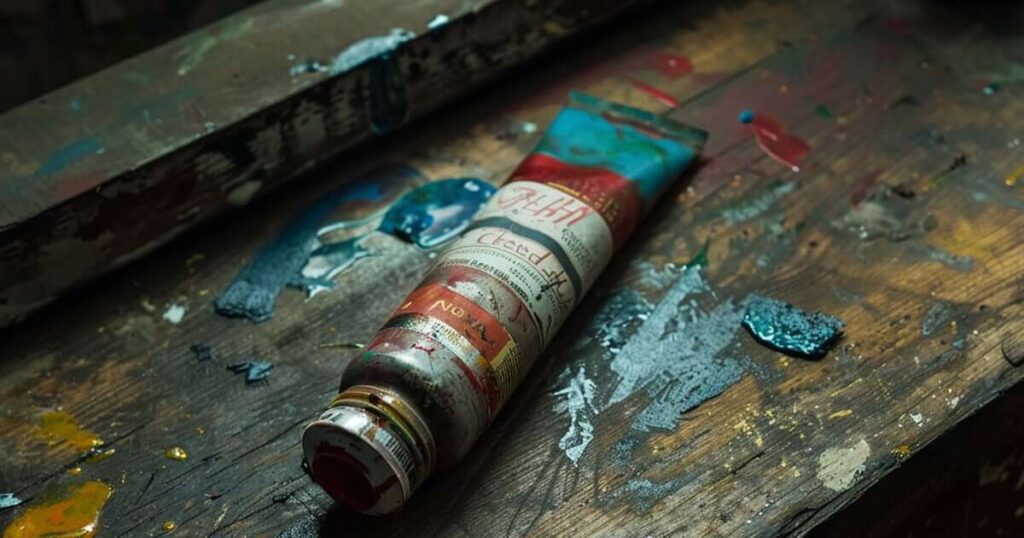
Additionally, the necessary use of solvents for cleaning and thinning oil based paints can release toxic fumes and provoke allergic reactions, requiring proper ventilation and safety measures. Oil paints should be kept away from children and pets for these reasons. Recently, water-soluble oil paints have become available on the market, negating many of these issues.
Perhaps one of the greatest disadvantages of oil paints is the cost. Cheap paints won’t mix well or produce quality results, and better oil paints can be prohibitively expensive, especially for beginner artists looking to experiment.
This is the paint medium that Dulcinea the painting robot works in, and her gallery of AI paintings serves as a showcase of the different textures and forms one can produce with acrylics. Unlike oil paints, acrylic paint is celebrated for its quick-drying properties, empowering artists with the ability to work swiftly and experiment with a range of textures. Famous artists that have worked in acrylic include Roy Lichtenstein and Mark Rothko.
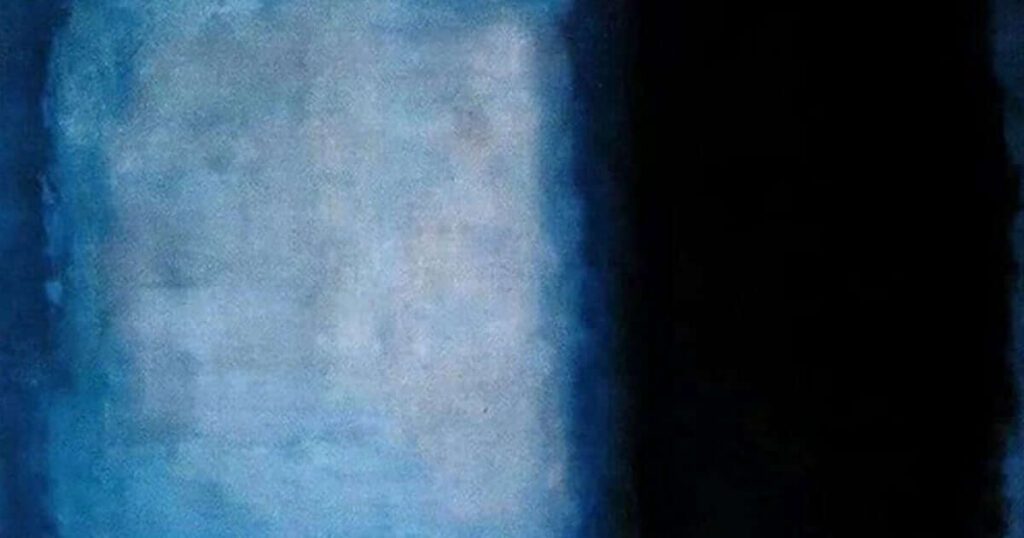
Acrylic paint is loved for its quick drying time, enabling artists to build layers without patiently waiting for extended periods. Its water-based composition makes it easy to clean and mix (no chemical solvents required), facilitating experimentation with a broad range of textures and effects. Acrylics adhere well to various surfaces, from canvas to wood, allowing for diverse applications. Their vibrant colors maintain their original intensity when dry, making acrylics an excellent choice for bold, contemporary works of art. Price points for decent acrylic paints are much lower than oils, making acrylic one of the best paints for beginning artists.
Related: Discover How Paul and Dulcinea Make One of their Acrylic Art Pieces
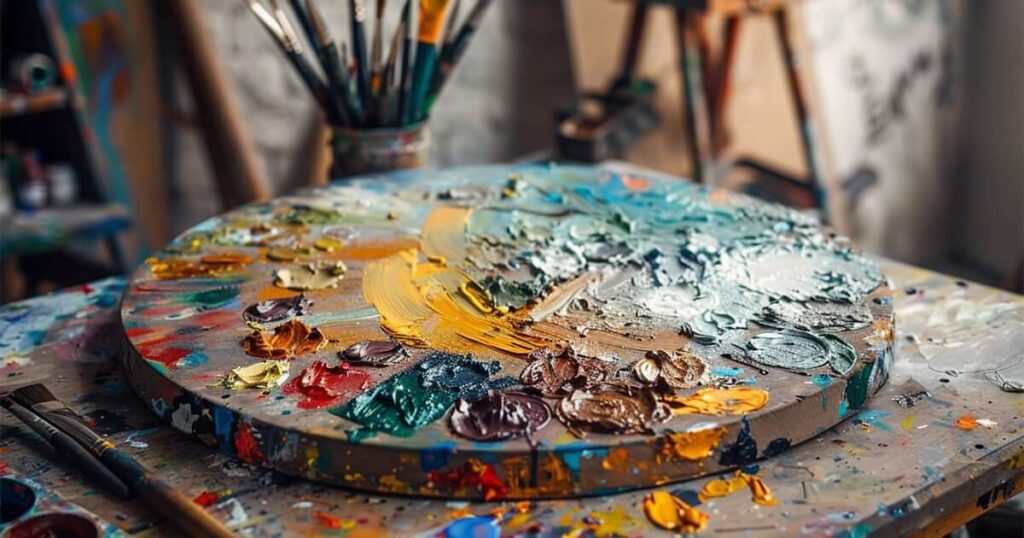
The rapid drying time of acrylic paint can actually be a drawback when blending and achieving smooth transitions, necessitating either swift execution, paints made to have a longer dry time, or the use of drying retardants. While acrylics offer excellent adhesion, their quick-drying nature might lead to brushes stiffening if not kept moist during work sessions — and diligent brush cleaning after painting is a must. Over time, acrylics can slightly darken, affecting color accuracy in finished artworks.
Watercolor paint, known for its delicate transparency and luminosity, provides artists with a unique medium that allows for subtle blends and ethereal effects. Its fluid nature encourages innovative techniques, making it a favored option for both traditional layering and spontaneous creations.
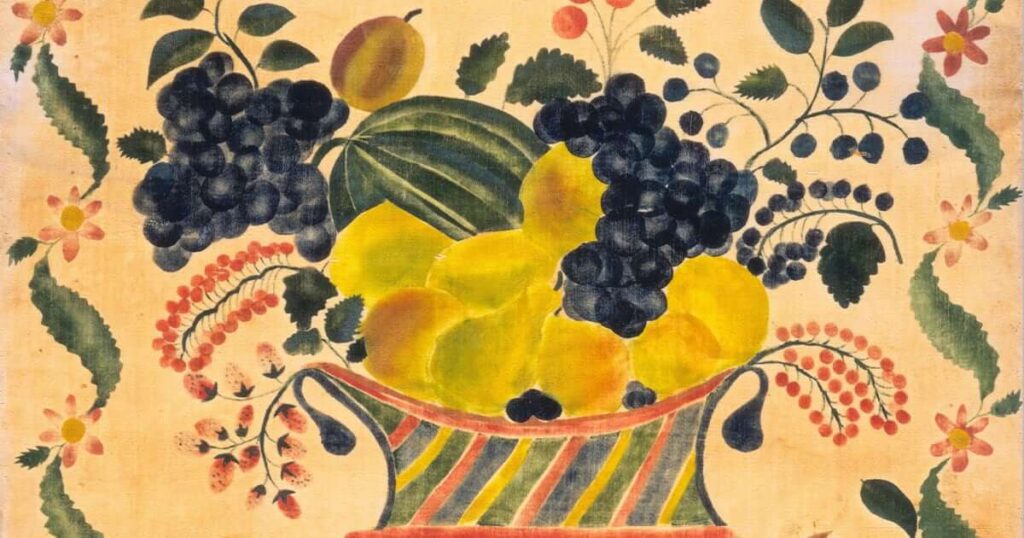
Watercolors are admired for their airy, gossamer nature, which lends a unique luminosity to artworks produced with them. Their fluidity allows for effortless blending and the creation of subtle gradations. The portability and simplicity of the medium pairs well with its incredible versatility, making it ideal for both studio or on-the-go artistic endeavors. Watercolor techniques can range from traditional layering to innovative wet-on-wet applications, offering artists a wide range of creative possibilities. The cost of watercolor is also quite appealing, and dried-out paints can easily be saved just by adding water.
While the transparent quality is a hallmark of watercolor paint, it can also be a challenge when trying to cover mistakes or make corrections. The unforgiving nature of the medium demands careful planning and precise execution. The use of lighter pigments can lead to fading over time if artworks are exposed to direct sunlight. Additionally, framing watercolor pieces requires careful consideration to prevent the paint from coming into contact with glass surfaces.
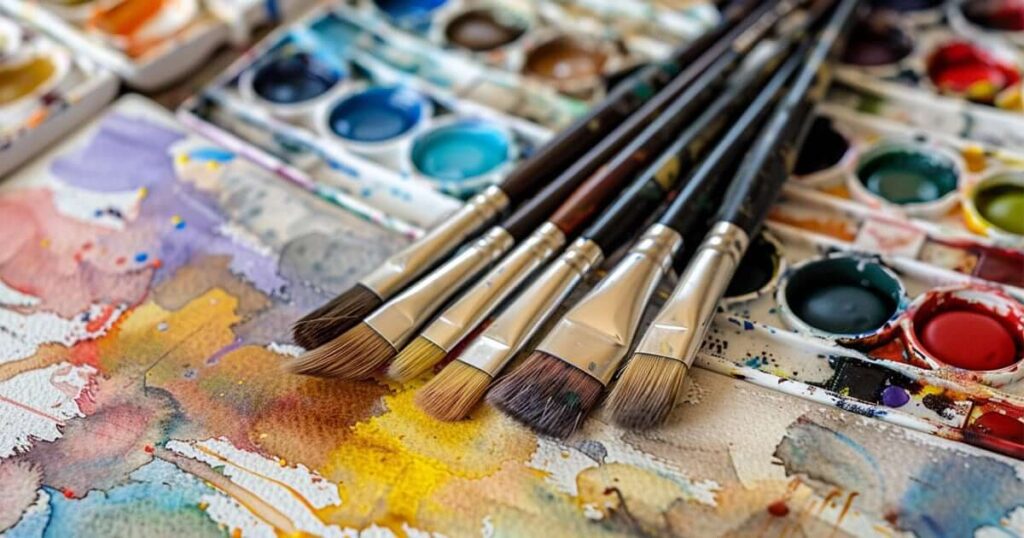
Each type of paint brings its own set of strengths and limitations to the artist’s toolkit — there is no “best” choice in the world of art media. Whether you’re captivated by the depth of oil paint, the versatility of acrylics, or the delicate beauty of watercolors, whatever choice you make is the right choice for your own artistic journey. If you find that one type of paint doesn’t click with you, there are always more to try, and if physical media just isn’t your bag, modern tools have made art creation more accessible than ever before. As with most things, the most important aspect of art is persistence… so get to creating!
Looking for artistic inspiration? There’s no better place than the Kirby Foundation community! Follow us on Instagram, Facebook, and Pinterest for all things at the intersection of art & technology. Also, checkout “Brushstroke” a short film about a robot painter and the man who used Fusioneering to create her.
Are you interested in hearing the complete story of Paul and Dulcinea? Watch the video (nominated for Best Short Film at the 2021 Vail and Portland Film Festivals) for more info.
Want to be the first to know about every exciting new project at the Kirby Foundation?
Join Our Mailing ListBuild the life you love. Learn more about fusioneering:
Why pick which passion you should follow? Fusioneering allows you to cultivate many interests into something innovative and revolutionary.
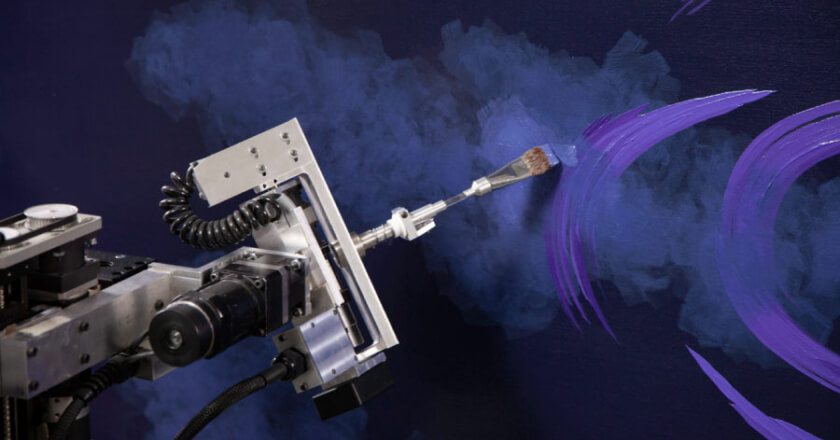
Meet Paul and explore how blending your interests can empower you to follow your enthusiasm and bring your passions to life.